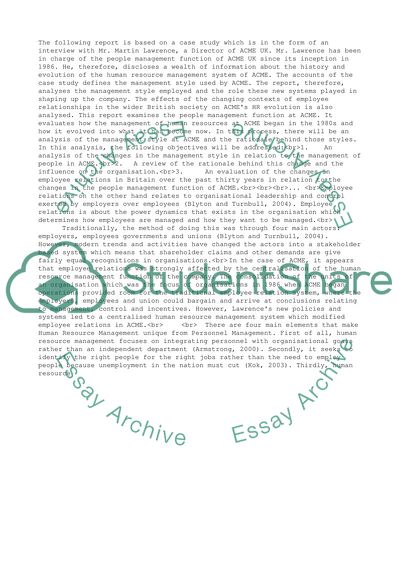Cite this document
(“Managing Employee Relations in Contemporary Organisations:report on Essay”, n.d.)
Retrieved from https://studentshare.org/management/1394679-managing-employee-relations-in-contemporary-organisationsreport-on-the-changes-in-employee-relations-at-acme-ltd
Retrieved from https://studentshare.org/management/1394679-managing-employee-relations-in-contemporary-organisationsreport-on-the-changes-in-employee-relations-at-acme-ltd
(Managing Employee Relations in Contemporary Organisations:Report on Essay)
https://studentshare.org/management/1394679-managing-employee-relations-in-contemporary-organisationsreport-on-the-changes-in-employee-relations-at-acme-ltd.
https://studentshare.org/management/1394679-managing-employee-relations-in-contemporary-organisationsreport-on-the-changes-in-employee-relations-at-acme-ltd.
“Managing Employee Relations in Contemporary Organisations:Report on Essay”, n.d. https://studentshare.org/management/1394679-managing-employee-relations-in-contemporary-organisationsreport-on-the-changes-in-employee-relations-at-acme-ltd.


